Perdita minima Facts
- The fittingly short title of Perdita minima actually represents the scientific designation for this astounding creation of Nature and evolution. The insect received that moniker due to the efforts of the highly respected American entomologist Theodore Cockerell in the year 1923.
- Despite this being the technical appellation for it, the creature does also possess several other general titles by which it’s sometimes known. All represent variations of a theme, however. These include the terms Small Perdita Bee, Tiny Perdita Bee, Perdita’s Miniature Bee.
- This truly amazing Arthropod stands out in the annals of science for multiple reasons. Chief among those stands the fact that it represents the most diminutive of all species of bee currently known to science. Its entire body easily fits on just the head of an average-sized bee!
- Scientists do know that it possesses a moderately restricted habitat range. Yet we know virtually nothing about its population numbers. Not surprisingly, its tiny size literally makes it difficult for experts to find individuals to determine accurate information on this matter.
- Due to this lack of sufficient information, the IUCN currently has no status listing for the invertebrate on the organization’s Red List of Threatened Species. Nevertheless, while science knows almost nothing about its numbers, many suspect that its existence to be threatened.
- This belief springs from a combination of factors relating to its habitat and environment. The area the Perdita minima inhabits remains especially vulnerable to ongoing climate change. Numerous other factors also endanger it, including loss of habitat due to human expansion.
Related Articles

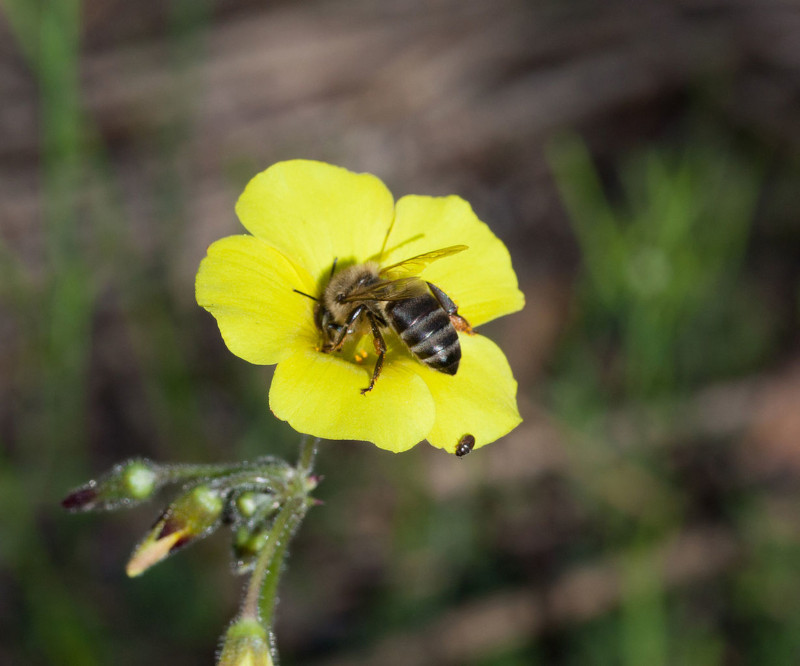
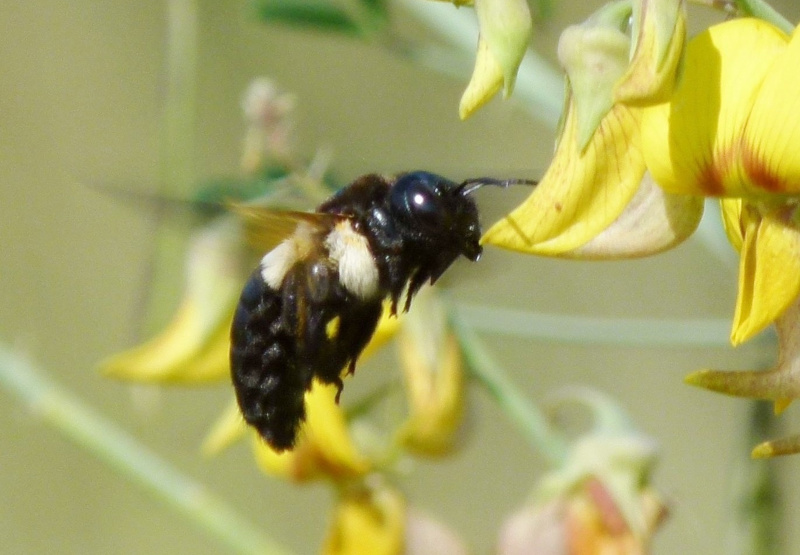
Perdita minima Physical Description
Despite its awesome nature, the Perdita minima routinely goes overlooked by everyone around it. That’s not due to any lack of intriguing appearance or other attributes, though. This lack of notice simply occurs due to the fact that Nature packed its wonders into an incredibly small package.
In that respect, however, it follows the pattern common to most insects, including its multitudinous relations around the world. That’s the fact that it displays a certain amount of the physiological characteristic of sexual dimorphism. In it, the trait manifests itself in several ways.
Astonishingly, mature adults of this remarkable Arthropod only attain an average total body length measuring between 0.24 – 0.28 in (6 – 7 mm). Females of the species typically reach greater lengths than their male counterparts. The latter also generally remain smaller and more slender.
Its natural coloring typically presents viewers with dazzling hues, at least when those fortunate few actually manage to spot the miniscule creature. This color pattern primarily consists of various shades of bright yellow. However, some individuals also display streaks of gold or even white.
While the animal does technically have a stinger, this appendage understandably remains incapable of piercing the skin of a human. The wings of the Perdita minima also merit attention. That holds true because these actually qualify as powerful and large, at least relative to the body size.
These comparatively strong features also allow the fascinating bee to frequently carry comparatively large quantities of pollen. In yet another marvel of evolutionary development, numerous relatively large hairs additionally cover the tiny legs of this small but surprisingly impressive insect.
- Kingdom: Animalia
- Phylum: Arthropoda
- Class: Insecta
- Order: Hymenoptera
- Family: Andrenidae
- Genus: Perdita
- Species: P. minima
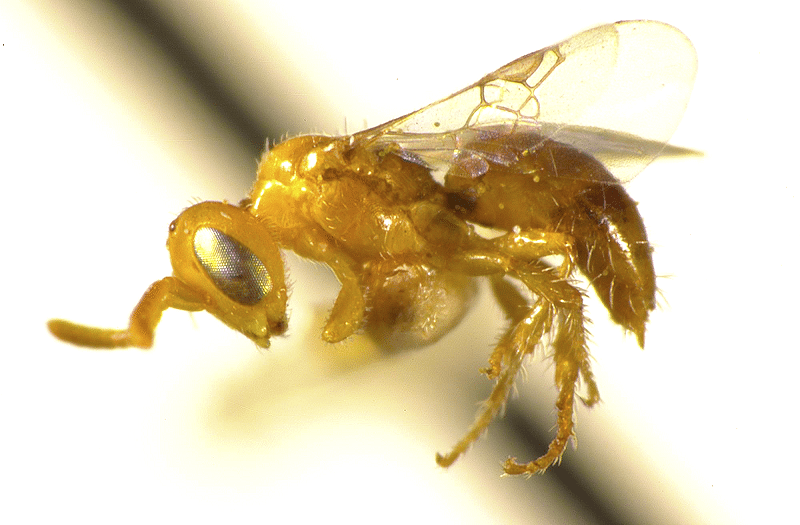
Perdita minima Distribution, Habitat, and Ecology
The mind-boggling Perdita minima apparently evolved as native to a moderately restricted portion of the surface of the earth. The precise location of that zone of habitation might surprise quite a few individuals, though. That’s because it evolved as endemic to a few portions of the North America.
There, it’s found mainly within the borders of the United States. It doesn’t appear in all parts of this range, however. Instead, its territory seems to consist primarily of the thinly populated southwestern sections of the area. A small part of its native population also appears in northern Mexico.
It also chooses to reside in areas not normally associated with insects of its type. The species evolved highly selective and unique habitat preferences. It’s most often associated with regions that have loose, sandy soils. This commonly includes such areas as deserts, grasslands, and scrublands
The wonder also distinguishes itself from most of its kind in some of its behavioral patterns. This extends to its nesting strategies. It lives a solitary life, usually nesting in the ground, digging small burrows in fine, sandy, or loose soils. The bee also typically nests in areas with minimal vegetation.
To the amazement of many people, despite its small stature, the Perdita minima plays a pivotal role in the ecosystems where it is found. It functions as what entomologists call a specialist pollinator. That’s due to the fact that it primarily collects pollen from a highly limited range of plant species.
In so doing, it contributes to the reproduction of many of the flowering plant species in its ecosystem. Both the adults and larvae alike mainly feed on the pollen and nectar of several varieties of flora. The vast majority of these food sources lie within either the sunflower or legume Families.
Species Sharing Its Range
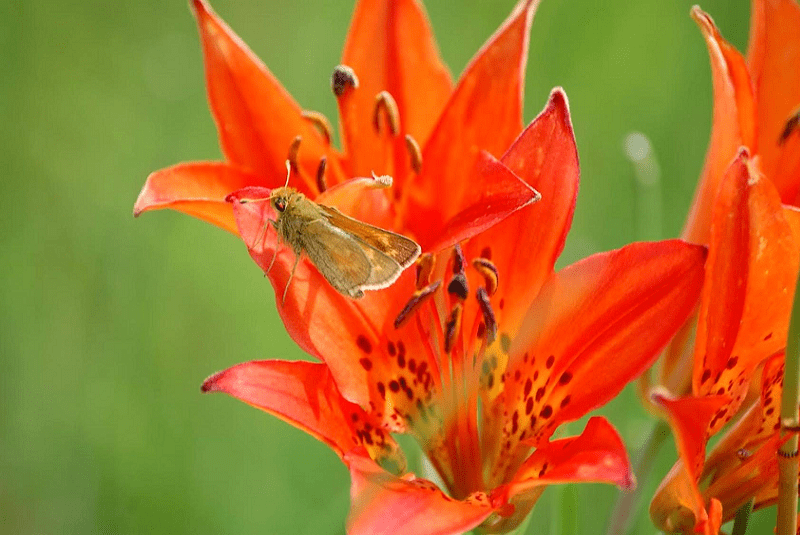
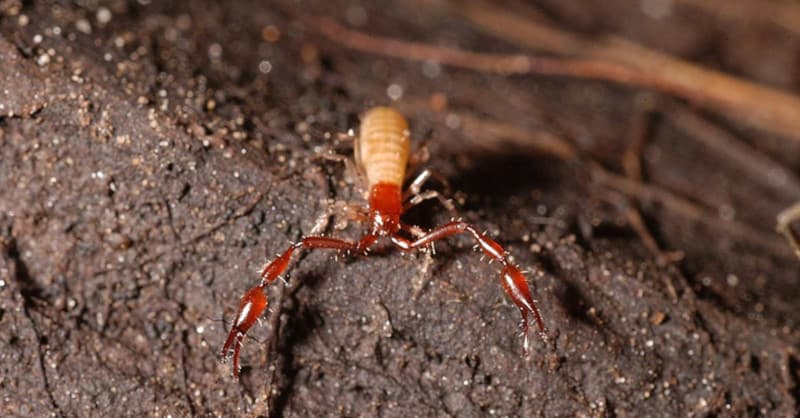

Check out our other articles on 5 Sublime North American Trees, Victoria Crowned Pigeon, McMurdo Dry Valleys, Dall’s Porpoise, Cookiecutter Shark, Mountain Chicken, Gila Monster
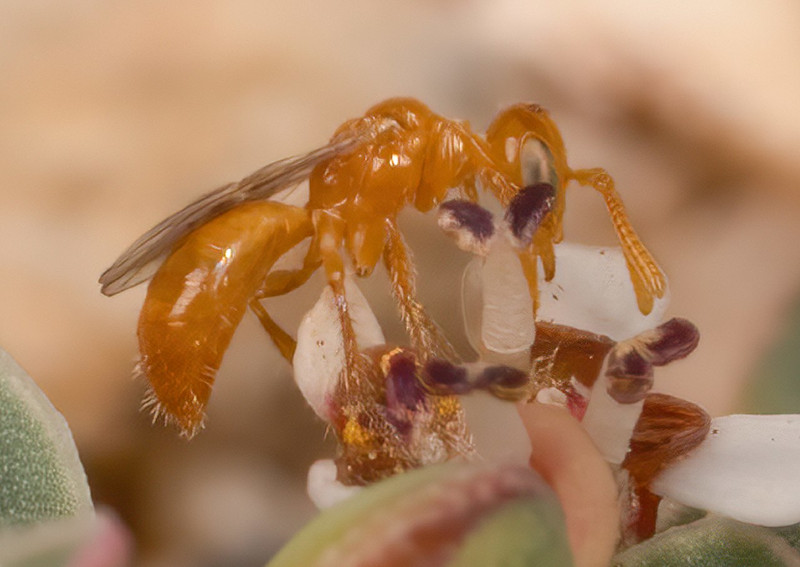
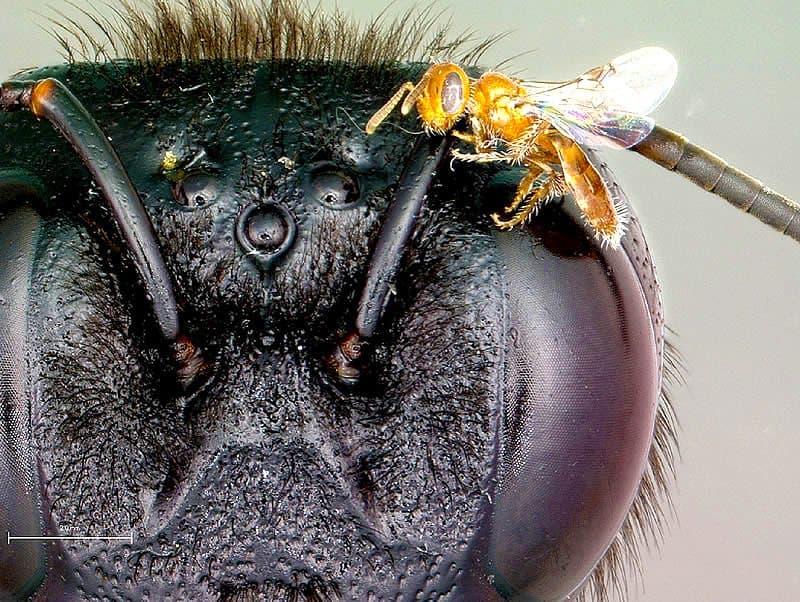









Leave a Reply